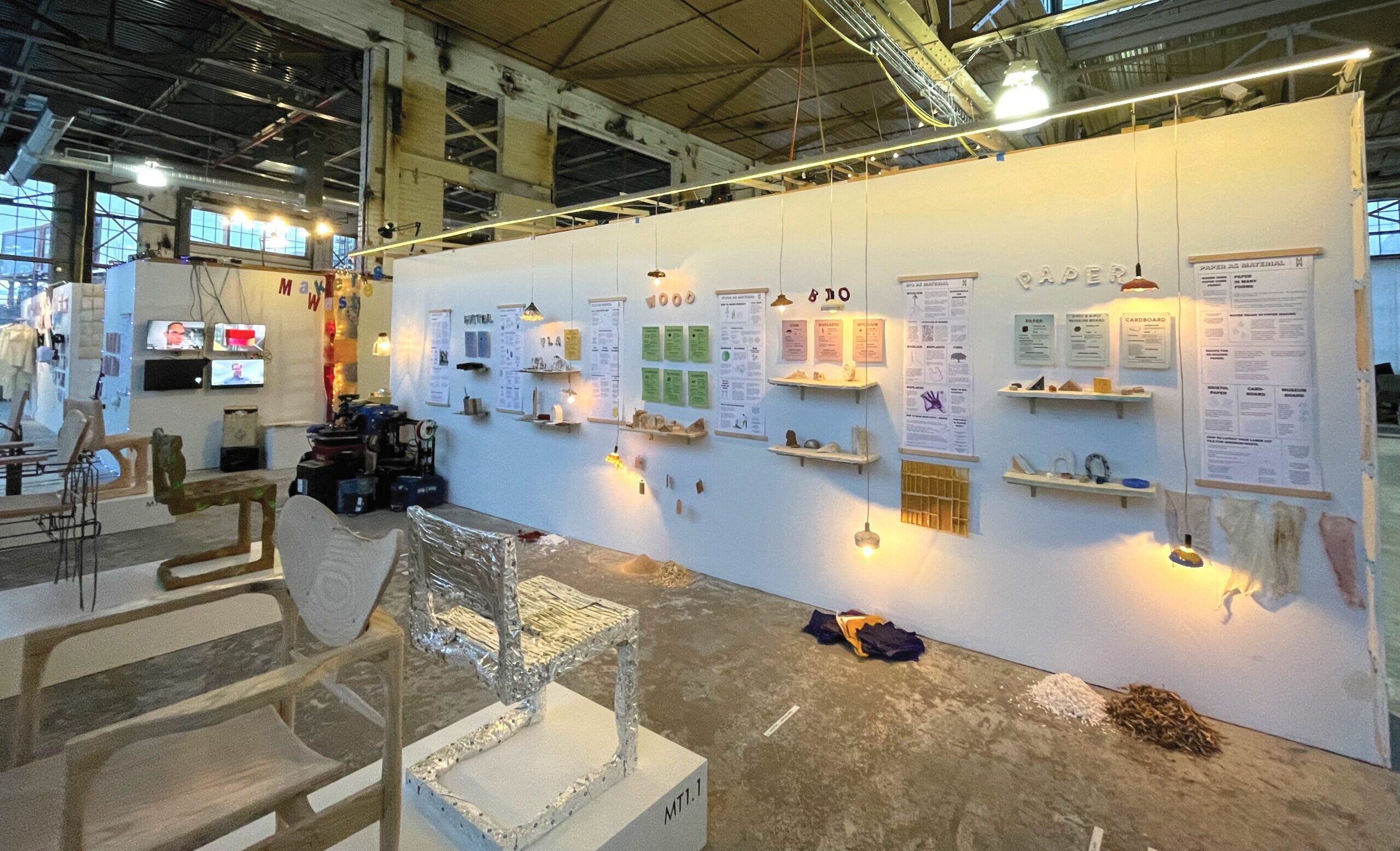Quiet design: Hospital tests sound panels to dial down noise
University of Michigan borrows method from music rooms to reduce hospital noise
ANN ARBOR, Mich. – One of the most common complaints about hospitals is the noise. Patients complain that they can’t sleep soundly in the environment of multiple monitors, paging systems, wheel chairs and gurneys, and carts that squeak.
A quietness campaign at the University of Michigan Health System is committed to reducing noise and the hospital has tested sound panels to dial down noise.
During a pilot study, strategically placed sound acoustic panels helped diffuse sound in the hallways around patient rooms. The modest 3-4 sound decibel drop is recognizable to the human ear and consistent with a fall in noise generated by a car slowing down from 80 mph to 60 mph.
“In hospital environments where noise levels are often double what they should be according to the World Health Organization’s standard decibel guidelines for patient rooms, the difference is significant,” says Majtaba Navvab, Ph.D., associate professor of architecture and design at the Taubman College of Architecture and Urban Planning at the University of Michigan.
Navvab is partnering with U-M Architecture, Engineering and Construction, which plans spaces across three U-M campuses, on room acoustic research, and collaborated with physicians Peter M. Farrehi, M.D., and Brahmajee K. Nallamothu, M.D., on the noise reduction study.
The diffusion methods tested at the U-M Health System are similar to methods used at recording studios, rehearsal rooms and concert halls to control sound.
Four custom panels, covered in cones and made with sound-absorbing material, were installed for three days in the walls and ceilings of a cardiovascular care unit.
Sound levels were 60 decibels during the daytime, but sound measured 57 decibels on hallways with the sound panels. The pilot study, published in BMJ Quality and Safety, highlights that average hospital noise levels continue to exceed recommended levels of 35 decibels.
“This architectural design could complement on-going strategies for addressing noise,” says Farrehi, study co-author and cardiologist at the U-M Health System. “The panels help diffuse sound, rather than attempt to eliminate the sounds generated in a modern hospital environment.”
The negative side of noise
Research reveals that a noisy environment doesn’t just make patients unhappy — it can also prompt spikes in blood pressure and interfere with wound healing and pain management. And it affects those who work with and near patients.
In fact, studies have shown a direct correlation between sound decibel levels in work environments and employee blood pressure levels and heart rates.
Hospital noise is ranked low on the Hospital Consumer Assessment of Healthcare Providers and Systems (HCAHPS), and those scores can impact hospital reimbursement. Patients who are dissatisfied with the noise in their rooms are often significantly less satisfied with their overall hospital experience.
Promoting a culture of quiet
To reduce hospital noise, the U-M Hospitals and Health Centers launched a quietness campaign intended to enhance the patient care experience and also improve working conditions for employees.
The campaign promotes a culture of quiet on behalf of patients, families and employees by:
- Providing complimentary ear buds, headphones and earplugs for patients and their families.
- Keeping hallway conversation to a minimum, especially at night.
- Establishing quiet hours in all inpatient areas.
- Encouraging patients and staff to respect others by turning down the volume on cell phones, televisions, radios, pagers and other devices
- Minimizing cell phone conversations in hospital hallways and waiting rooms and encouraging others to do the same.
- Setting pagers to vibrate when medically appropriate.
- Closing doors quietly.
- Wearing soft sole shoes to minimize hallway noise outside patient rooms.
- Placing work orders through a dedicated system to have noisy carts, doors and other items repaired.
- Scheduling floor cleaning times that don’t conflict with nighttime resting hours.




